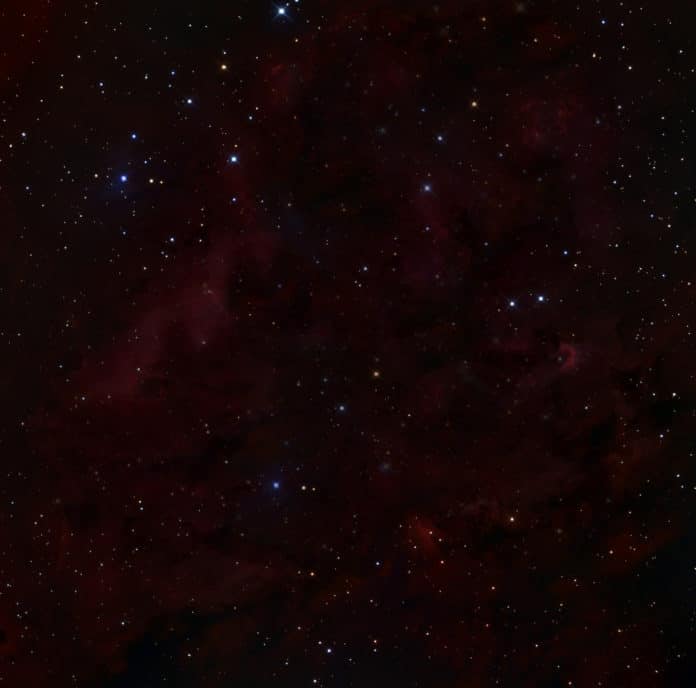Axions are unconfirmed, hypothetical ultralight particles from beyond the Standard Model of particle physics, which describes the behavior of subatomic particles. If confirmed, it’s not yet certain whether these axions would fix the asymmetries in the vital force.
A new study comes out by the Kavli Institute for the Physics and Mathematics of the Universe (Kavli IPMU) has suggested that axions could be the fossil of the Universe. Its discovery could tell more about what happened in the Universe a second after the Big Bang.
The observations of Cosmic Microwave Background, aka CMB in the electromagnetic spectrum, give a picture of the Universe appearing 14 billion years ago and detail on when the Universe cooled sufficiently for protons and electrons to combine and form neutral hydrogen.
The CMB has revealed more about the evolution of the Universe; however, photons in the CMB were delivered 400,000 years after the Big Bang making it quite challenging to find out about the historical backdrop of the Universe before this epoch.
In this new study, scientists looked beyond photons and into the realm of axions to get a new clue. They even suggested the possibility of searching for an axion analog of the CMB, called Cosmic axion Background or CaB.
Scientists also pointed out that with more sensitive instruments to search for dark matter, they could detect another sign of axions in the form of the CaB. As CaB has similar properties to dark-matter axions, scientists would probably throw the CaB signal out as noise.
The discovery of CaB would not only confirm the existence of the axion, but scientists could also immediately have a new fossil from the early Universe. It could reveal more about various aspects of the Universe’s evolution never possible before.
MacAdams Professor of Physics and Lawrence Berkeley National Laboratory senior faculty scientist Hitoshi Murayama said, “What we have proposed is that, by changing the way current experiments analyze data, we may be able to search for left-over axions from the early Universe. Then, we might learn about the origin of dark matter, phase transition, or inflation at the beginning of the Universe. There are already experimental groups who have shown interest in our proposal, and I hope we can find out something new about the early Universe that wasn’t known before.”
“The evolution of the Universe can produce axions with characteristic energy distribution. By detecting the energy density of the Universe currently made up of axions, experiments such as MADMAX, HAYSTAC, ADMX, and DMRadio could give us answers to some of the most important puzzles in cosmology, such as, ‘How hot did our universe get?’, ‘What is nature of dark matter?’, ‘Did our universe undergo a period of rapid expansion known as inflation?’, and ‘Was there ever a cosmic phase transition?'”
Journal Reference:
- Jeff A. Dror et al. Cosmic axion background. DOI: 10.1103/PhysRevD.103.115004
